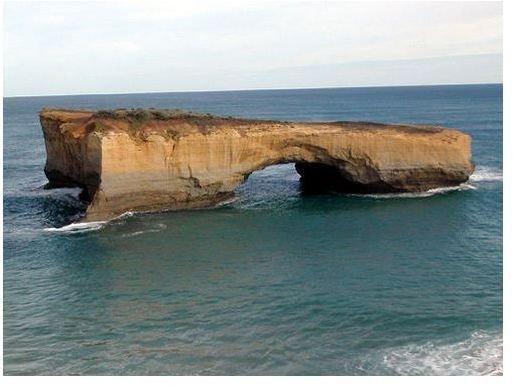Australian Landscape Photography Tips & Tricks
Equipment
Australia is a vast and varied country, and it offers you plenty of opportunities to capture amazing landscape photographs. If you are planning on doing some Australian landscape photography, then you need to know where to go and what equipment to take. You don’t want to get all the way to the outback only to realize that you forgot your filters.
Just like standard landscape photographs, you need a wide angle lens for Australian photography. While you may want to zoom into certain items, take the wide angle lens over the telephoto if you have to choose between the two. The wide angle lens helps you capture more of the scene, which is what you are shooting for with landscape photography. Pack a tripod as well since it will counteract your shaking hands and give your arms a rest if you have a large lens.
Where to Go
Australia is a land of contrasts, especially the outback. You’ll have lush green trees set up against red desert. Filters will help you further bring out those contrasts. Experiment with both warm and cool filters to see which provides you with the best color. At the very least you need a polarizing filter and perhaps a lens hood to reduce the glare from the sun.
Since the country is so vast, you need to decide on a location. If you are looking for vast stretches of uninterrupted desert and rocks, then you have to head to the Australian outback. If you enjoy taking pictures of water scenes and beaches, then go to Trigg Beach, Bunker Bay or Contos Beach. These are obviously along the coasts, but they offer plenty of opportunity for capturing amazing sunrise and sunset pictures.
Study pictures of photographers that have gone to area before you. Then, think about how you would take the same photograph. You don’t want to copy it exactly, but think about how you do the same image differently.
Settings/Techniques
As just mentioned, sunrise and sunset offer you some of the best opportunities for capturing some amazing shots. If you can’t make it to your location for these events, then simply go later in the morning or early afternoon. This allows you to capture your images using natural lighting. Avoid your flash at all possible cost. It will only overexpose your images, and you’ll lose all that wonderful color.
If you have to, open up your aperture to between f/5 and f/7 to let a little more light in. You can also increase your ISO a bit to a maximum of 800. Don’t go too high with the ISO, or your images will be noisy or grainy. Generally, exposure between 1/40 and 1/60 works well for landscape photographs, but take a few test shots to check your settings.

Finally, don’t forget to frame out your shots. Even if you want to capture something in the background, focus on a single item in the foreground. It makes for a more interesting shot over just a background image.
